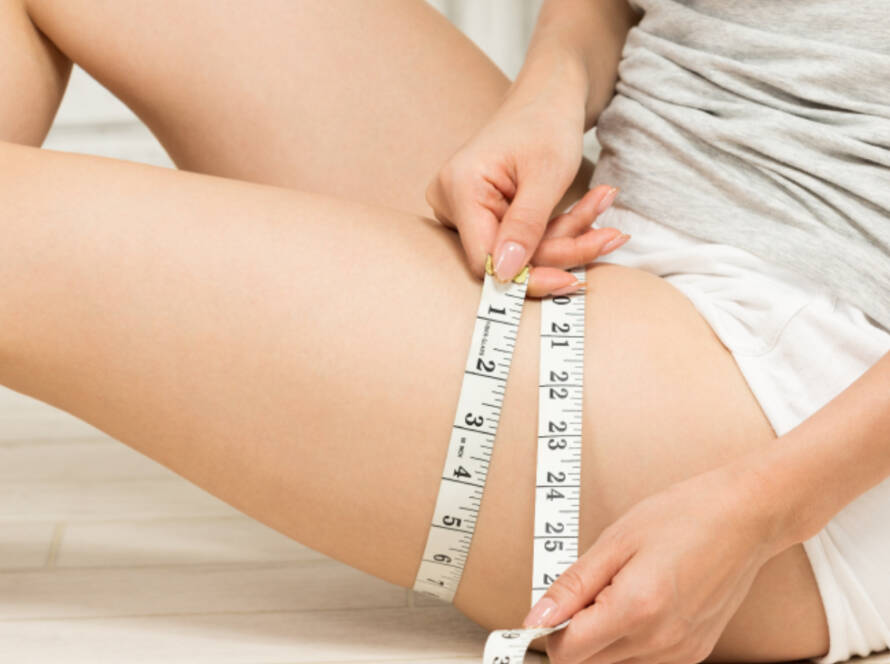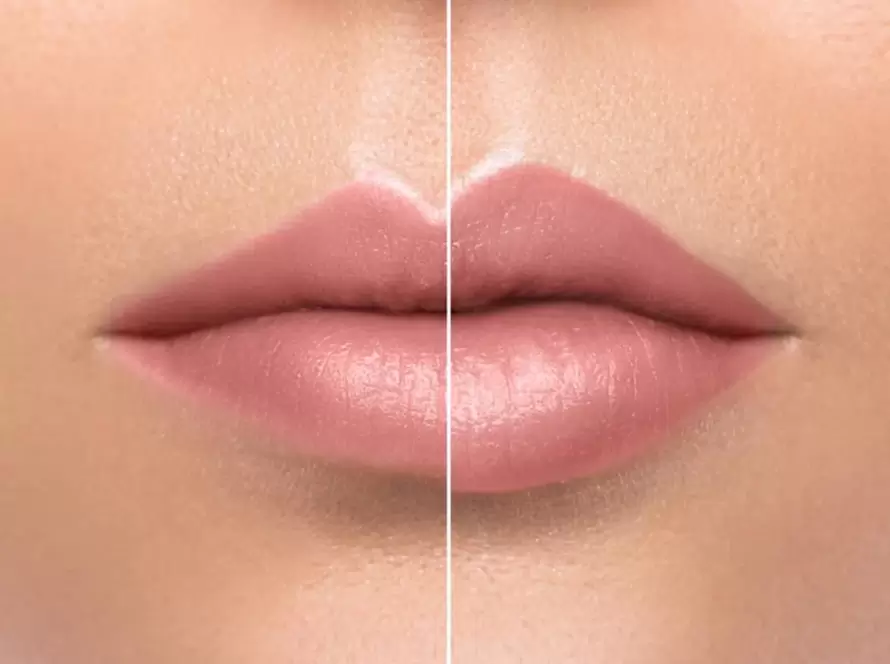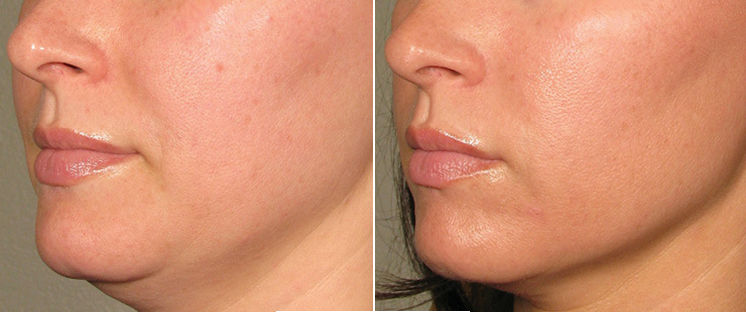The distribution of body fat, especially in stubborn areas such as inner thighs, is influenced by various hormones. To understand this link, we need to navigate through numerous scientific findings and physiological intricacies. This comprehensive examination aims to uncover the intricate connection between hormones and inner thigh fat, shedding light on the factors that lead to its accumulation and suggesting potential management strategies. By exploring this complex interplay, we can understand how hormones affect the storage and reduction of fat in specific regions, offering insights into effective
Hormones and Body Fat Distribution
The human body is a complex network governed by hormones, which are pivotal chemical couriers responsible for overseeing a multitude of physiological processes. Hormones play significant roles in metabolism, growth, and the distribution of fat throughout the body. When discussing fat storage, two main types come into focus: subcutaneous fat and visceral fat.
Subcutaneous fat is located just beneath the skin’s surface, usually accumulating in areas like the thighs, hips, and abdomen. While it contributes to body shape and serves as a source of energy, excessive buildup can affect one’s appearance.
On the other hand, visceral fat is located deeper within the abdominal cavity, surrounding vital organs. Unlike subcutaneous fat, this type poses greater health risks, as its accumulation is linked to various metabolic disorders and increased susceptibility to conditions like diabetes and heart disease.
It is essential to understand the distinction between these fat types, as their locations and properties carry different implications for health and wellness. Hormonal regulation significantly influences the deposition and utilization of these fats, underscoring the intricate relationship between hormones and body fat distribution, which ultimately impacts overall health outcomes.

Inner Thigh Fat: A Stubborn Zone
Fat loss in the inner thighs can be a challenging task for many individuals, especially women, due to various factors such as genetics, lifestyle choices, and hormonal fluctuations. Fat distribution is influenced by several hormones, and some of them play a more significant role in reducing or storing inner thigh fat.
Estrogen, a predominantly female hormone, regulates physiological functions such as fat storage and distribution. Its fluctuations during puberty, pregnancy, and menopause can affect body composition, and higher levels of estrogen may lead to fat accumulation in the hips and thighs, including the inner thigh area.
Testosterone, commonly known as a male hormone, is present in both genders. Women with lower testosterone levels may store more fat in the inner thighs and hips, while higher testosterone levels in men often lead to less fat accumulation in these areas.
Insulin, a hormone crucial for regulating blood sugar levels, also affects fat storage. High insulin levels due to poor diet choices and insulin resistance can encourage fat deposition in the inner thigh region.
The stress hormone cortisol, when chronically elevated due to stress or poor sleep, can contribute to fat storage in various areas, including the inner thighs. Elevated cortisol levels are linked to increased appetite and fat deposition, particularly in visceral areas.
Thyroid hormones, including thyroxine (T4) and triiodothyronine (T3), regulate metabolism. An underactive thyroid (hypothyroidism) can slow down metabolism, potentially leading to weight gain and fat accumulation, including in the inner thighs.
Hormonal Imbalances and Inner Thigh Fat Accumulation
Hormonal imbalances can disrupt the body’s natural fat distribution patterns, leading to the accumulation of fat in specific areas, such as the inner thighs. These imbalances can be a major cause of stubborn fat buildup. It is important to understand the complexities of hormonal imbalances when trying to manage and reduce localized fat deposits.
When hormones like estrogen, testosterone, insulin, cortisol, or thyroid hormones fluctuate beyond their normal levels, they can affect the body’s tendency to store or release fat. For example, high levels of cortisol due to chronic stress can contribute to increased fat storage in the inner thigh area. Similarly, imbalances in estrogen levels may cause the body to accumulate more fat in specific regions. To effectively manage and reduce stubborn fat deposits, it is essential to address these hormonal imbalances through targeted lifestyle changes, personalized strategies, and potential medical interventions to restore hormonal balance.
Managing Inner Thigh Fat: Strategies and Considerations
While hormonal influences play a significant role in inner thigh fat accumulation, several strategies can aid in managing and reducing this stubborn fat:
Balanced Diet: Adopting a balanced diet rich in whole foods, lean proteins, healthy fats, and complex carbohydrates can help regulate hormone levels and promote overall fat loss.
Regular Exercise: Incorporating a combination of strength training, cardiovascular exercises, and targeted thigh workouts can help tone the inner thigh muscles and reduce fat in that area.
Stress Management: Practicing stress-reduction techniques like meditation, yoga, or mindfulness can help lower cortisol levels, potentially reducing inner thigh fat accumulation.
Hormonal Assessment: Consulting with a healthcare professional for hormonal testing can identify any imbalances that may be contributing to stubborn fat deposition in the inner thighs.
Conclusion
The relationship between hormones and inner thigh fat is complex and influenced by various factors, such as hormonal fluctuations, lifestyle choices, and genetic predispositions. While reducing fat in specific areas such as the inner thighs can be challenging, adopting a holistic approach that includes balanced nutrition, regular exercise, stress management, and addressing hormonal imbalances can help reduce overall body fat and improve body composition. Understanding the intricate interplay between hormones and inner thigh fat is essential in developing effective strategies to achieve desired body composition goals and promote overall health and well-being.












